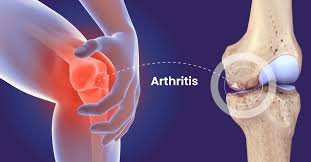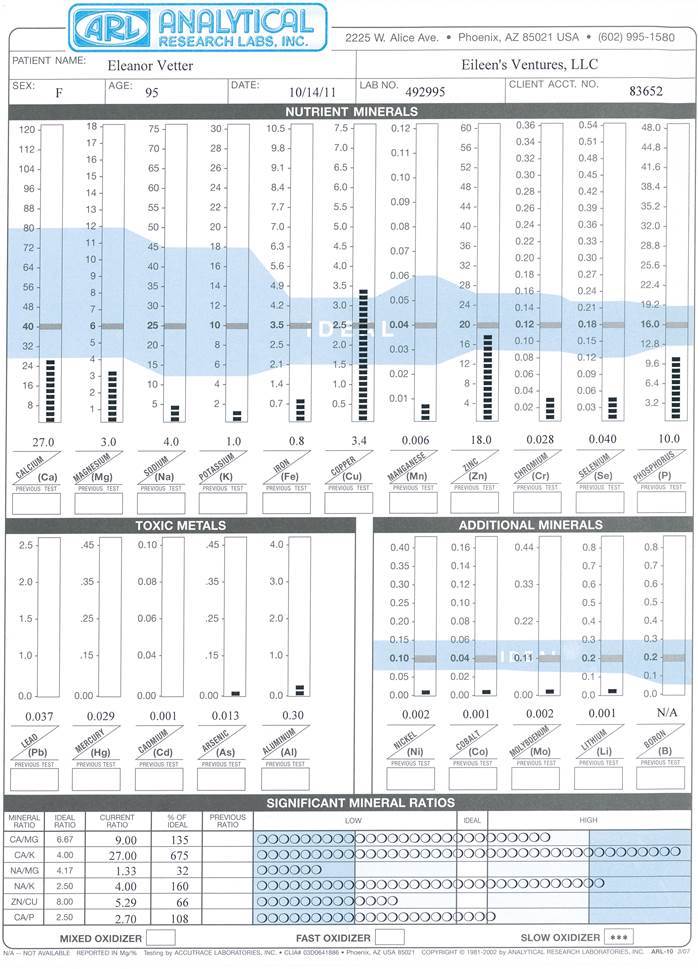Hair Analysis: Arthritis
Unlocking Better Health: How Hair Analysis Can Help Identify and Address Arthritis Early
Having your hair analyzed through a Hair Analysis test can be a transformative step toward improving your overall health, increasing your energy levels, and feeling your best every day. Beyond simply boosting vitality, this innovative testing method provides valuable insights into your body's internal balance, highlighting potential health issues before they develop into more serious conditions. Specifically, it can be a powerful tool in understanding and managing arthritis—a common and often debilitating condition affecting millions worldwide.
What is Hair Analysis and How Does It Work?
Hair Analysis is a non-invasive diagnostic tool that examines a small sample of hair to assess mineral and metal levels within your body. Unlike blood tests, which reflect short-term states, hair analysis offers a long-term view of mineral accumulation and depletion over several months. This means it can reveal chronic deficiencies or toxic exposures that might otherwise go unnoticed.
When performing a Hair Analysis, laboratories measure various minerals, including calcium, magnesium, zinc, copper, and iron, as well as toxic metals like mercury, lead, cadmium, and arsenic. The results are then interpreted to understand the body's mineral ratios, oxidation rate (metabolic speed), and toxic metal burden.
Why Minerals Matter in Arthritis and Overall Health
Minerals play a crucial role in maintaining joint integrity, reducing inflammation, and supporting the immune system. An imbalance—whether deficiencies or excesses—can contribute to the development or worsening of arthritis symptoms. For example:
Calcium and Magnesium: Essential for bone health and joint function. Deficiencies can weaken bones and cartilage, increasing susceptibility to arthritis.
Zinc and Copper: Vital for immune regulation and tissue repair. Imbalances may lead to inflammation or delayed healing.
Toxic Metals: Heavy metals like mercury and lead can interfere with mineral metabolism, cause oxidative stress, and promote tissue degeneration.
When these minerals are out of balance, they can contribute to joint inflammation, stiffness, and pain characteristic of arthritis. Recognizing these imbalances early allows for targeted nutritional interventions that can restore harmony and reduce symptoms.

Understanding Oxidation Rate and Its Role in Arthritis
One of the key insights provided by Hair Analysis is the oxidation rate, also known as metabolic rate. This indicates how quickly your body processes nutrients and eliminates waste. A slow oxidation rate often correlates with sluggish metabolism, which can lead to the buildup of toxins and improper mineral utilization.
In the context of arthritis, a slowed metabolism can result in inadequate repair of joint tissues and increased inflammation. Conversely, a faster oxidation rate may signal an over-accelerated metabolism, which can deplete vital nutrients necessary for joint health. Balancing this rate through dietary adjustments and supplementation is a cornerstone of Nutritional Balancing Science.
Recognizing Mineral Ratios and Their Impact on Joint Health
Beyond individual mineral levels, the ratios between minerals are critical. For example:
Calcium to Magnesium Ratio: An imbalance may cause muscle cramps, stiffness, and joint pain.
Copper to Zinc Ratio: Excess copper relative to zinc can promote inflammation and oxidative stress.
Potassium to Sodium Ratios: Disruptions here can influence fluid retention and swelling in joints.
By analyzing these ratios, practitioners can pinpoint specific mineral dysregulations that contribute to arthritic symptoms and develop personalized correction plans.
Predictive Power of Hair Analysis for Arthritis and Other Disorders
One of the most compelling advantages of Hair Analysis is its predictive capability. It can identify trends suggesting underlying metabolic or mineral imbalances long before clinical symptoms manifest. This early detection provides an opportunity for preemptive intervention, which is often more effective and less invasive.
For individuals at risk of developing arthritis—perhaps due to family history, lifestyle factors, or existing minor symptoms—nutritional balancing programs can be implemented proactively. These programs aim to correct imbalances, support joint integrity, and potentially delay or prevent the progression of arthritis.
The Role of Toxic Metals in Joint Degeneration
Toxic metals such as mercury, lead, cadmium, and arsenic are insidious contributors to joint deterioration. They can:
- Disrupt mineral metabolism
- Cause oxidative damage to joint tissues
- Trigger inflammatory responses
Often, these metals are stored in the body's tissues and only mobilized under certain conditions. Hair Analysis can detect their presence, providing a snapshot of your body's toxic burden. When toxic metals are identified, detoxification strategies—aligned with Nutritional Balancing Science—can be employed to gradually eliminate these harmful substances.

Implementing a Nutritional Balancing Program
Once hair analysis results are obtained, a comprehensive Nutritional Balancing Program can be tailored to your specific needs. This approach typically includes:
- Targeted Nutritional Supplements: To correct mineral deficiencies and excesses.
- Dietary Modifications: Emphasizing nutrient-rich, anti-inflammatory foods.
- Detoxification Protocols: To aid in the removal of heavy metals and other toxins.
- Lifestyle Recommendations: Including stress reduction, exercise, and adequate hydration.
These interventions work synergistically to restore mineral balance, support joint health, and reduce the likelihood or severity of arthritis symptoms.
Why Retesting is Important
Nutritional imbalances and toxic metal burdens can change over time, especially with lifestyle adjustments and ongoing treatment. Therefore, periodic Hair Analysis retests are vital to monitor progress, verify the effectiveness of interventions, and make necessary adjustments. Regular retesting ensures that your program remains aligned with your evolving health status.
Taking Action Today
If you're experiencing joint pain, stiffness, or other early signs of arthritis, or if you're simply interested in proactive health maintenance, consider getting a Hair Analysis test. It can uncover hidden deficiencies and toxic exposures that may be contributing to your discomfort. Armed with this knowledge, you can pursue a personalized Nutritional Balancing Program designed to restore harmony within your body, alleviate current symptoms, and potentially prevent future health issues.
Invest in your health today—buy your Hair Analysis test and start your journey toward optimal wellness.
Disclaimer: This material is for educational purposes only. The statements made have not been evaluated by the Food and Drug Administration. This information is not intended to diagnose, treat, cure, or prevent any disease. Always consult with a qualified healthcare professional before starting any new health program or treatment.
